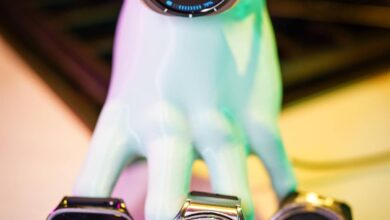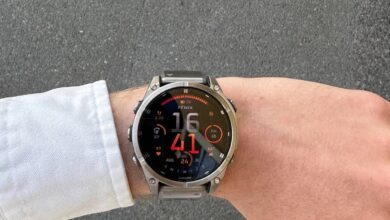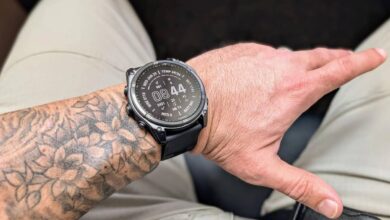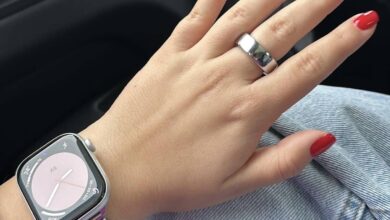Top 6 Best Smartwatches for iPhone in 2025
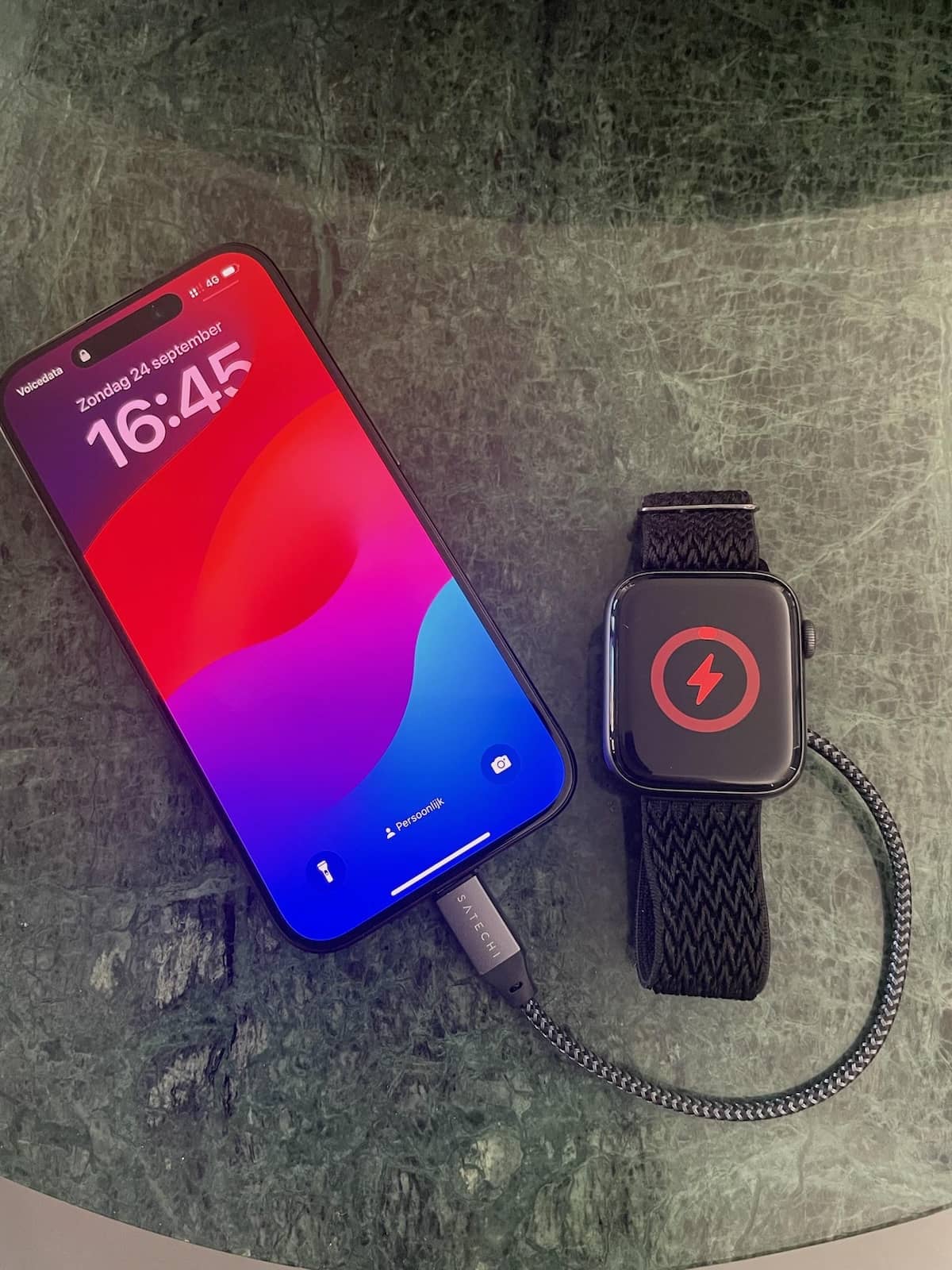
Apple devices are going to feature heavily on this list. It’s a no-brainer, someone who owns an iPhone is going to be looking for an equally easy to use, technology heavy status symbol. The Watch Series 10 comes to mind right away. That being said, Apple dominance isn’t absolute, much though they’d like us to believe the opposite were true. The tech giant continues to roll forward, conquering computer spaces and the mobile device sector, but other worthy devices deserve their moment in the sun, too.
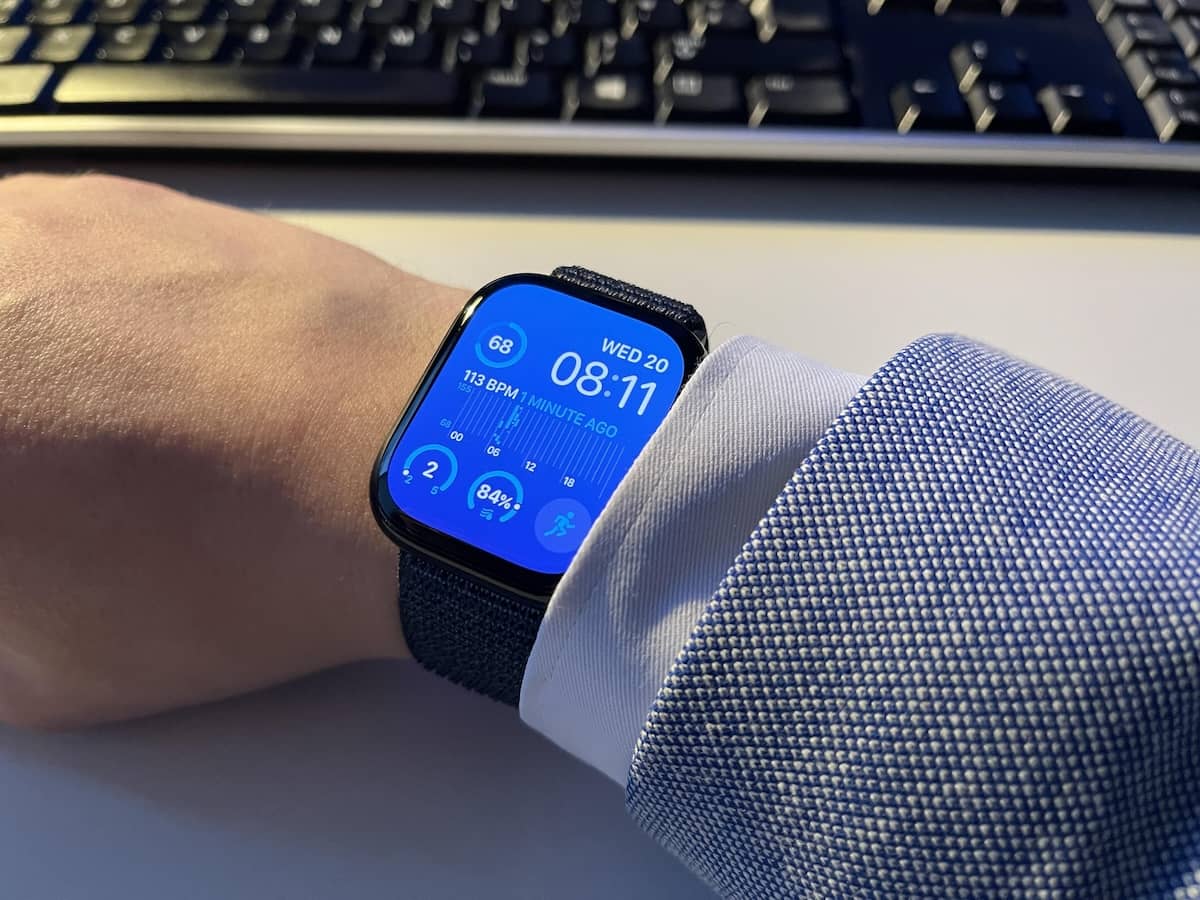
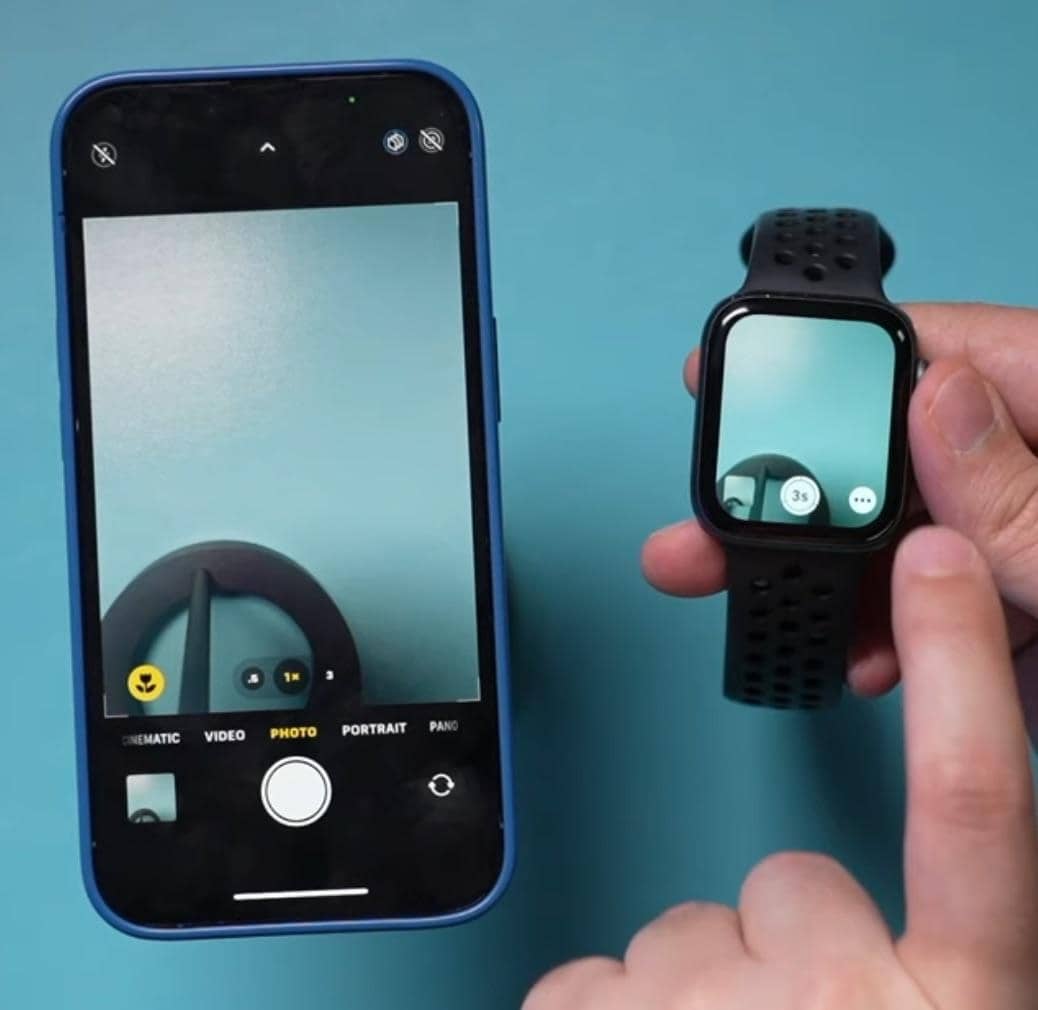
Best Smartwatches for iPhone in 2025 – Experts tested, highly rated and recommended
Apple Watch Series 10 Smartwatch
Let’s not sugar coat it, the Apple Watch Series 10 is likely going to enter this review at number one, so why not start our list with full-disclosure honesty? Stylish 46mm and 42mm cases unbox with fanfare—to the strains of Also Sprach Zarathustra—over the span of several minutes, everyone clustered around to view the slender 9.7mm deep cases. One model is dressed in jet black aluminum, the other in rose gold titanium. An always-on Retina display, Sapphire glass shielded, reflects office lights.
We’ve noticed how smartwatches are getting thinner, avoiding shirt sleeve snags and uncomfortable slumber positioning. There’s nothing worse than a user arm pressing into a chest, watch edges leaving a mark overnight. Meanwhile, the wide-angled OLED flips up to bleary eyes during the middle of the night, mid sleep tracking. One of our team does suffer from sleep apnea, and the smartwatch was fast to detect this health problem, popping up alerts.
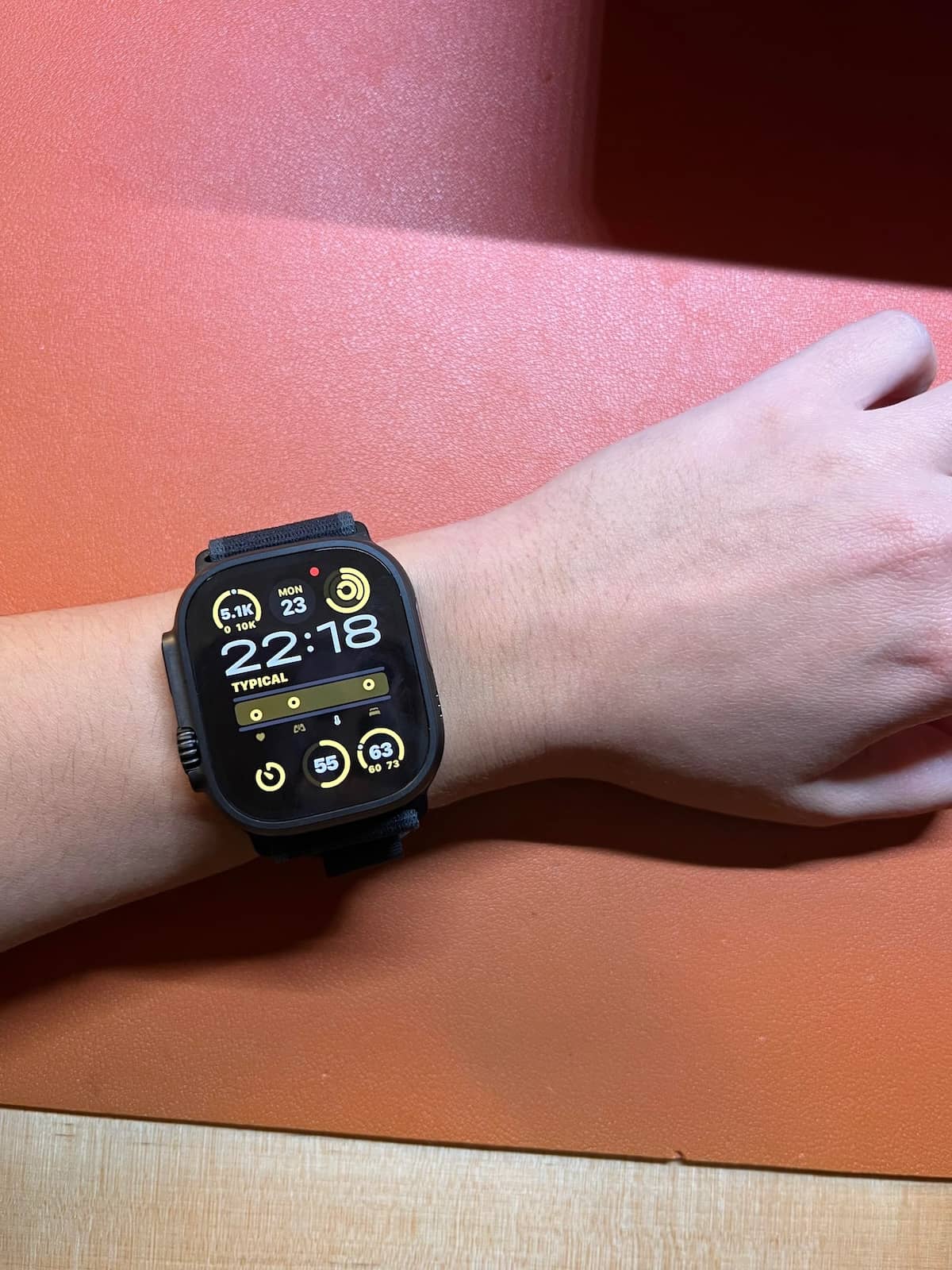
Apple enthusiast notes – The S10 64-bit powerhouse processor running the show takes health metrics and outputs suggested workouts with seamless accuracy. However, battery life isn’t stellar. An 18 hour run time is possible, switching to a more respectable 36 hours when placed in low power mode. Still, the lower figure meant more wall outlet charging and less on the wrist sleep tracking.
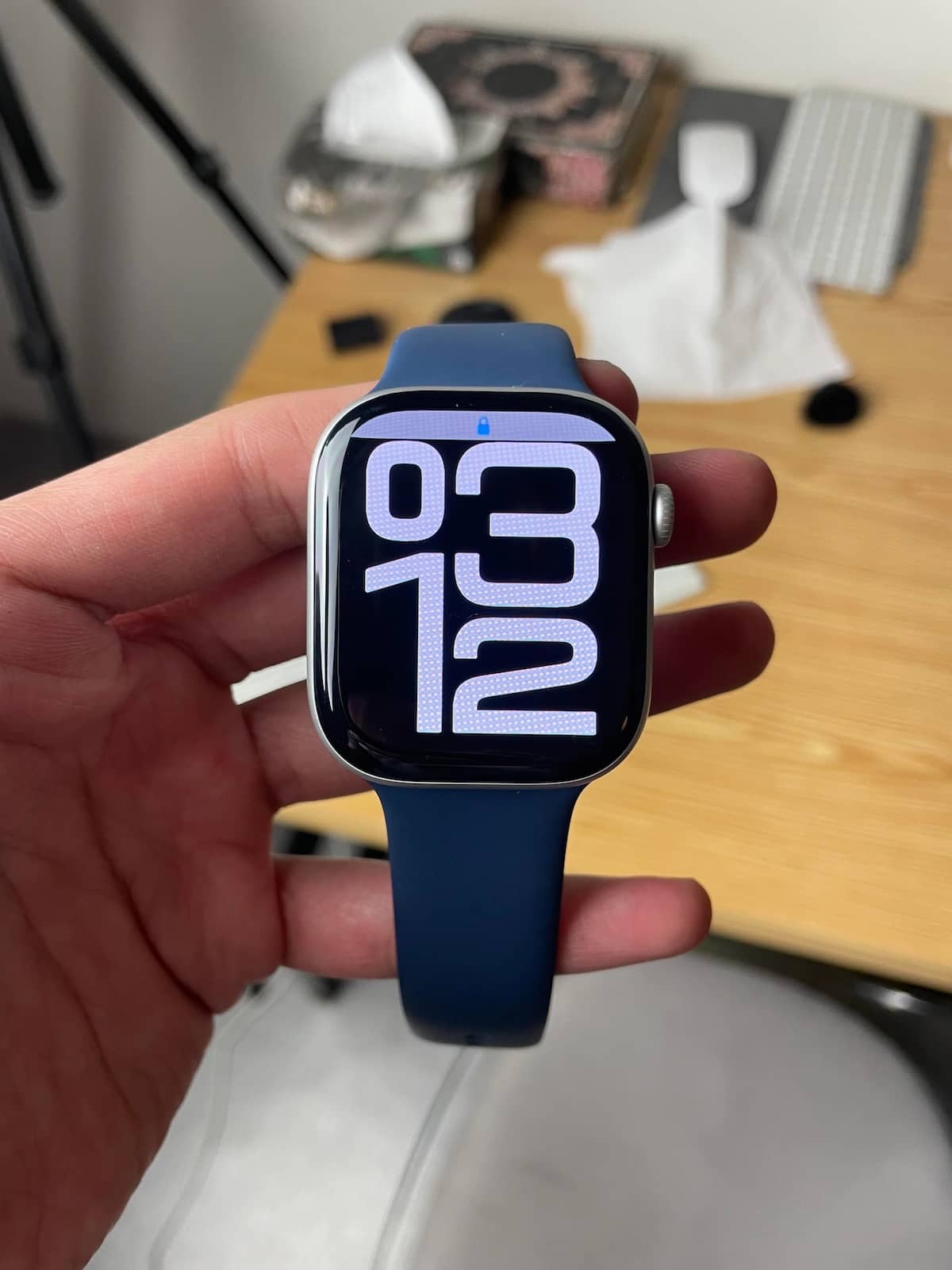
Garmin Venu 3 Smartwatch
A dip into the Garmin blog kept us from our next unboxing event. We wanted to confirm the Garmin Venu 3 smartwatch as an iPhone compatible wearable. It only took a few lines of reading to double-check iOS interoperability. Some smartwatches promise OS compatibility but are crippled by partial feature sets—like a sports car missing third gear. They only send notifications and texts, and don’t encompass the full power of all the sensors and workout tracking talents built into the watch. Not so with this device. Thus confirmed, no sensor left behind, we focused on durability, a given on Garmin wearables.
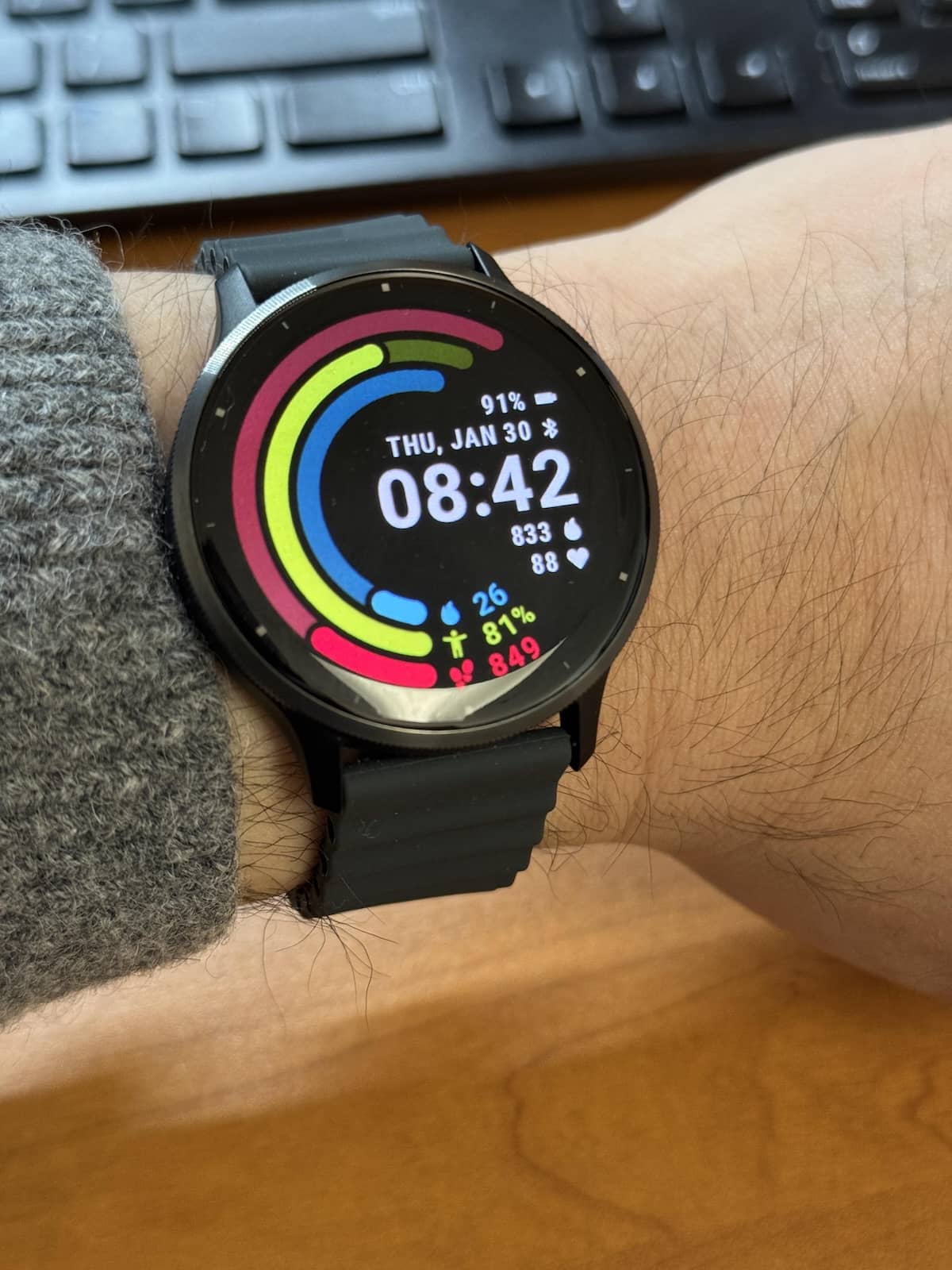
Is this a direct competitor to the Watch Series 10? Is this the best smartwatch iPhone owners can buy? That’s two questions, so let’s get busy with the answers. The Apple crown isn’t slipping, Cupertino employees aren’t out of a job. The Garmin Venu 3, while breathing down the neck of their homegrown products, is really more targeted at the outdoor adventurers among us, those who can really take advantage of 5ATM swim activity tracking and wilderness level triathlon hiking. Sports workouts and strength stamina fitness tracking is also built in, keeping athletic types in trim. That’s not to say ordinary gym goers and weekend hikers can’t get in on the fun. With music streaming, hands-free speaker and microphone operations built in as standard, our staffer was calling out for map instructions and using Garmin Pay contactless purchasing with wild abandon.
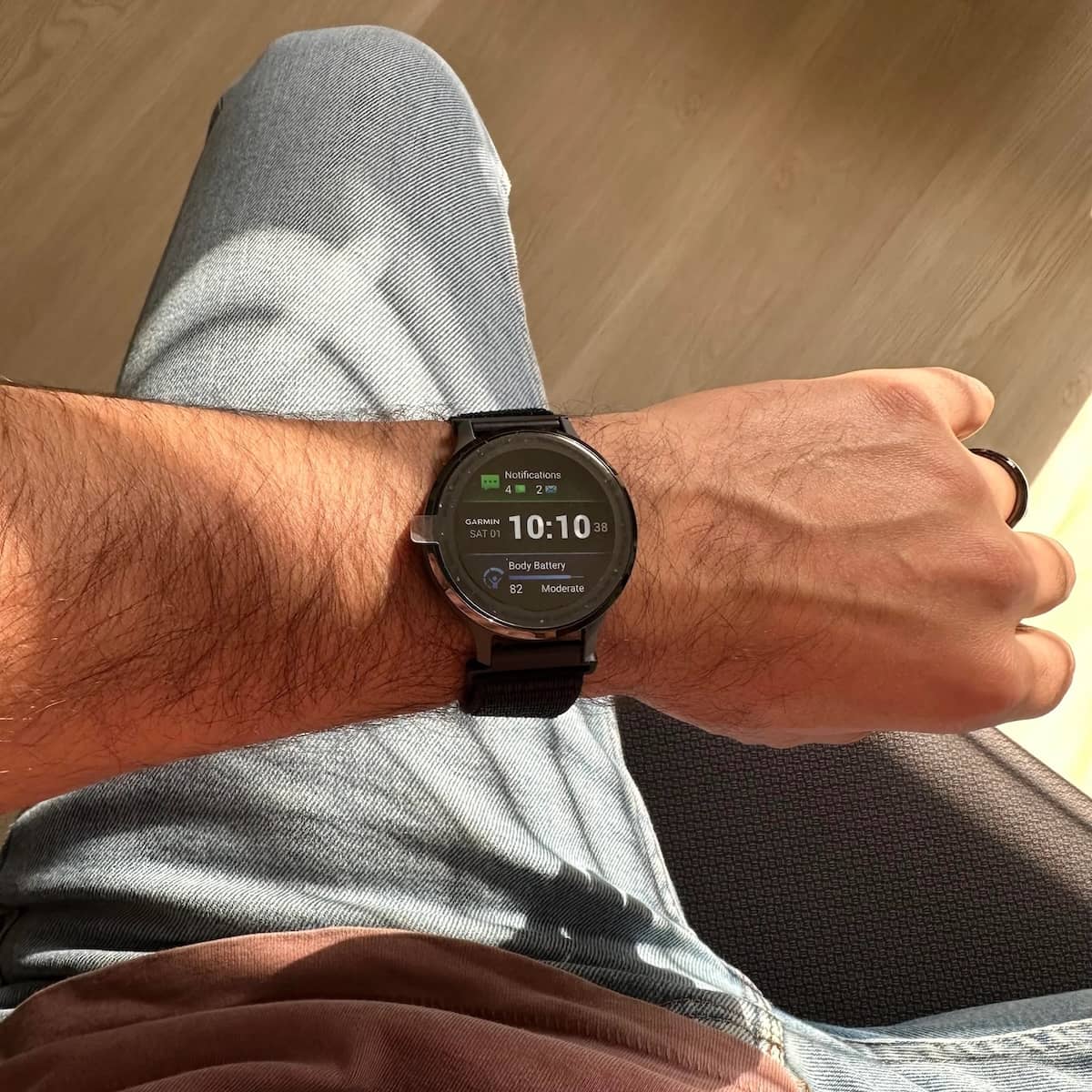
It’s a remarkable device. The 14 day battery life laughs in the face of lesser wearables, making a big statement concerning its worth as a smartwatch that’ll keep on ticking—silently, of course—as a hiker goes deep off-grid.
Suunto 9 Peak Smartwatch
 SUUNTO 9 Peak Sports GPS Watch for Demanding, Performance-Driven Athletes and Adventurers, Black
SUUNTO 9 Peak Sports GPS Watch for Demanding, Performance-Driven Athletes and Adventurers, Black
Similar meticulous dedication entered the keen eyes of our editor as he verified iOS compatibility. The Suunto 9 Peak smartwatch does hookup to iPhones, has similar outdoor capabilities when compared to the Garmin wearable we just reviewed, and it’s packed with enough polyamide reinforced strength to fend off any wreckless knocks and scratches. For the latter case requirement, Sapphire glass defends the display from scrapes incurred during a particularly gruelling hike, beautifully framed by a titanium grade 5 bezel.
Even with all of this toughness, which usually comes with much form factor chunk, the sleek case is only 10.6mm deep. For that low-profile depth, a 52g heft soon got forgotten on our staffer as he headed out to a challenging trail. The fear was that going far from the lights of the city would mean a dead smart timepiece when the sun came up the next morning, but Suunto promotes a number of smart battery modes, ensuring 7 days of operation when in Tour mode. Standard GPS functions drop this extended battery life down to 25 hours, barely long enough to track a long night’s slumber.
If the Suunto 9 Peak smartwatch is to have a chance of climbing high onto our review, a strong display is going to be important. The first morning of our trailblazing excursion was very bright, but the inky black 240×240 resolution matrix screen didn’t suffer from data depriving washout, the 1.2 inch panel pulling up maps and health metrics on command. Of those vital functions, on-wrist heart rate and blood oxygen generated a full picture of strain and stress as our nominated Suunto wearer really got to grips with the terrain. There’s even an optional Suunto heart rate monitoring belt on the website, a product that connects though Bluetooth.
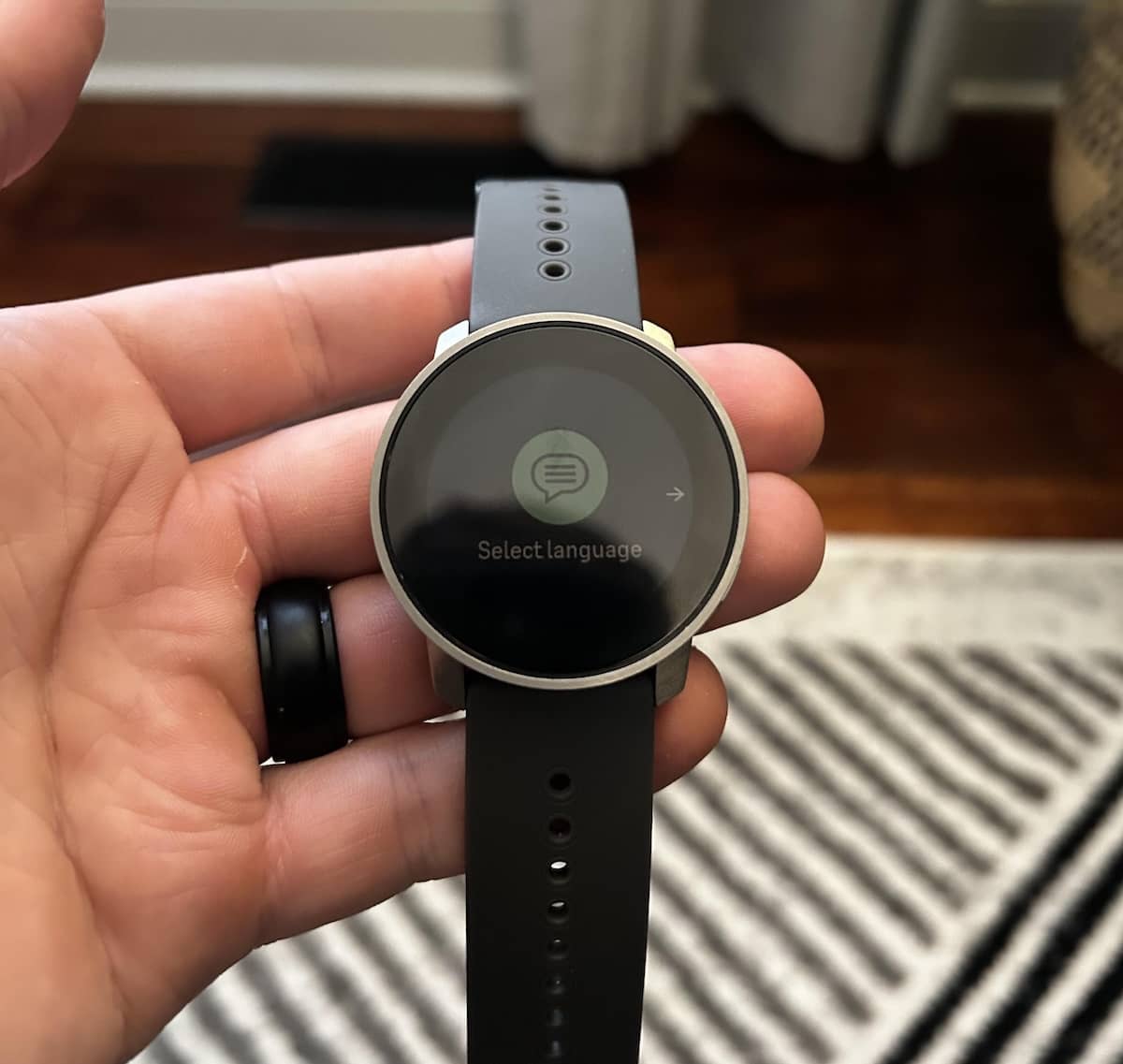
Multisports activity tracking also gets a mention, as we had to train before hitting the trails. The sports and workout modes integrated graphical representations of heart rate health and blood oxygen saturation, indicating a good respiration rate during major pushes down the hike trail. Suunto app seamlessly accepted the job of analyzing the bulk of our activity.
Apple Watch Ultra 2 Smartwatch
It took a full 30 seconds to scroll down the list of features on the Apple Watch Ultra on their website. Sure, there was a lot of media on the page, but all of those pictures and video clips were overlaid by page after page of premium wearable characteristics, all of which were powered by a high-performance 4 core neural engine, as digitally framed by Apple’s proprietary 64-bit S9 processor. A good thing, too, with so much sensors and Retina display work going on in the background. Let’s get started with the construction of the device before we move on to the screen.
As this timepiece opts for a more rugged form factor, a titanium built 49mm case, we took a leap of faith and equated Ultra functionality with sports-level triathlon exercises. The WR100 waterproofing only confirmed our appraisal, allowing for 100m snorkeling. Everything health related converged inside the Apple Health app, pulling up ECG data and blood oxygen readouts. Apple Watch Ultra is mentioned occasionally in medical journals, so we saw no reason to doubt this impressive smartwatches’ accuracy when it came to monitoring our vital statistics.
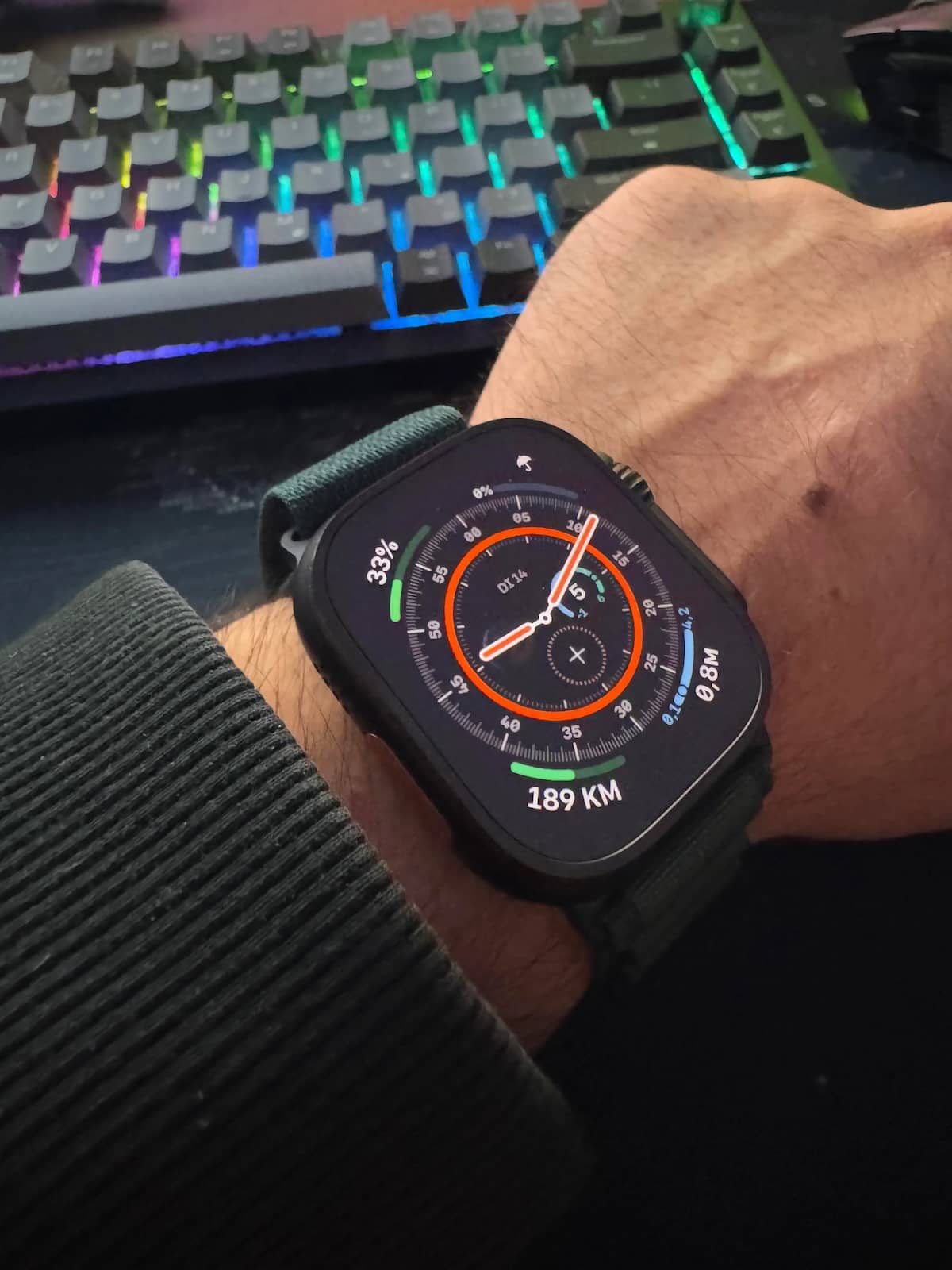
Apple enthusiast notes – It’s difficult to imagine any wearable surpassing the feature rich capabilities of this best-in-class smartwatch. The higher price point reflects the quality built into the case, with LTE and Wi-Fi 802.11n connectivity bringing the wireless muscle. Next-gen Bluetooth 5.3 is also built in, of course. Then there’s the usual wealth of modern day conveniences, from Apple Pay to hands-free Siri consulting, courtesy of an included microphone/speaker duo. With the customizable big orange Action Button, leading the charge, the Apple Watch 2 Ultra hits the ball out of the park, straight into extreme athlete and survivalist territory.
We grew particularly fond of features missing from other smartwatches. The smart track awareness, dual antenna GPS, Glonass, Galileo, QZSS, and Beidou mapping, they kept us aware of our surroundings, never lost, never wasting precious calories searching for the next leg of a trail. Emergency fall notifications and SOS protection made us feel safe as well. All in all, this is a beast of a smartwatch, built to satisfy the most demanding, ultra-active wearer.
Withings ScanWatch Nova Smartwatch
The office editor came armed with a handy smartwatches for iPhone section. After much discussion—and snacking as well—we settled on the Withings ScanWatch Nova, a stellar 42mm analog style smartwatch with a high-resolution 282 ppi grayscale OLED display. Some wearables in this class look as if they’re clumsily framing a small digital display inside a rounded watch panel, but the ScanWatch and its 0.63 inch screen gave off the impression that it really was a true analog timepiece, elegant and chic.
While style is important in a wearable, no smartwatch should ever rely on aesthetics. This device takes that advice to heart, with 24/7 inbuilt temperature monitoring maintaining a lock on health issues like fevers and workout stress. There’s also the all-important heart rate monitor and blood oxygen tracking, vital signs that are essential to know when engaging in a strenuous activity. A stainless steel case protects all of that tech, using a ceramic and steel bezel to frame the transparent Sapphire glass shield that sits resolutely right on top of the screen.
It felt extremely satisfying to strap on a wearable that wouldn’t look out of place in the mid 20th century. Only the twin subdials gave the truth away. They rendered health metrics and fitness data with crisp visuals readily apparent. Our staffer, a real cinema enthusiast, made a pointed comment while turning his wrist. With the 10ATM diving and snorkeling features ready to go, someone would feel like James Bond as they slipped into the water, perhaps engaged on a stealth mission. The sunray dial, reflecting light with a dimmed polarized radiance, reinforced that dramatic film imagery.
Apple enthusiast notes – It was only after installing the iOS version of the Withings app that we appreciated the full range of capabilities of this stunning wearable. It behaves like a gym physio on a wrist, showcasing body musculature percentages and pulling up vital statistics in real time. Measured ECG and body temperature metrics filled the app screen with easily interpreted data. Afib detection is an important feature here, aiding wearers who have arrhythmia problems. Sleep quality scores were also quick to pop up, the up-to 30 day battery lifespan of the ScanWatch Nova ensuring plenty of monitoring energy when the later hours crept in to ease our volunteer staffer off to sleep.
What is there to say that hasn’t already been mentioned? Equipped with Bluetooth connectivity, this hybrid smartwatch has positional talents, can track elevation and distance, and it’s clearly built to seriously take on the role of ace health and fitness monitoring device, even if you take it diving.
Amazfit GTR 4 Smartwatch
Editor number two, it’s a big office, was at first reluctant to add the Amazfit GTR 4 smartwatch in case it favored a different OS. She needn’t have worried, the top of the webpage for this 150+ workout detecting wrist worn device says, and we’re quoting, that the software and hardware are both ‘Friendly to iOS users.’ Snagging a nearby iPhone 15, we installed the Zepp app (reviewed with a 4.6 score from users) without a single hiccup. The two devices paired, and we were all-go, full tilt into this next review. Hands-free operation called for our attention first—literally—with Alexa compatibility answering any queries we had regarding a nasty end of week scheduling conflict.
Strapped on and raring to go, the borrowed model we benchmarked had a 46mm face size and a 10.6mm depth. Our staffer was wearing a thin jacket for outdoor testing, and the skinny case didn’t snag on his cuff once. Pulling up that cuff just a smidge, the 326 ppi AMOLED display pulled up vibrant colors with pin-sharp edges. The 466×466 high resolution maps rendered on the display easily beat out some of the cheaper devices we’d been testing a few months ago, but that’s just how fast this industry evolves, shucking off old display technologies and adopting the new.
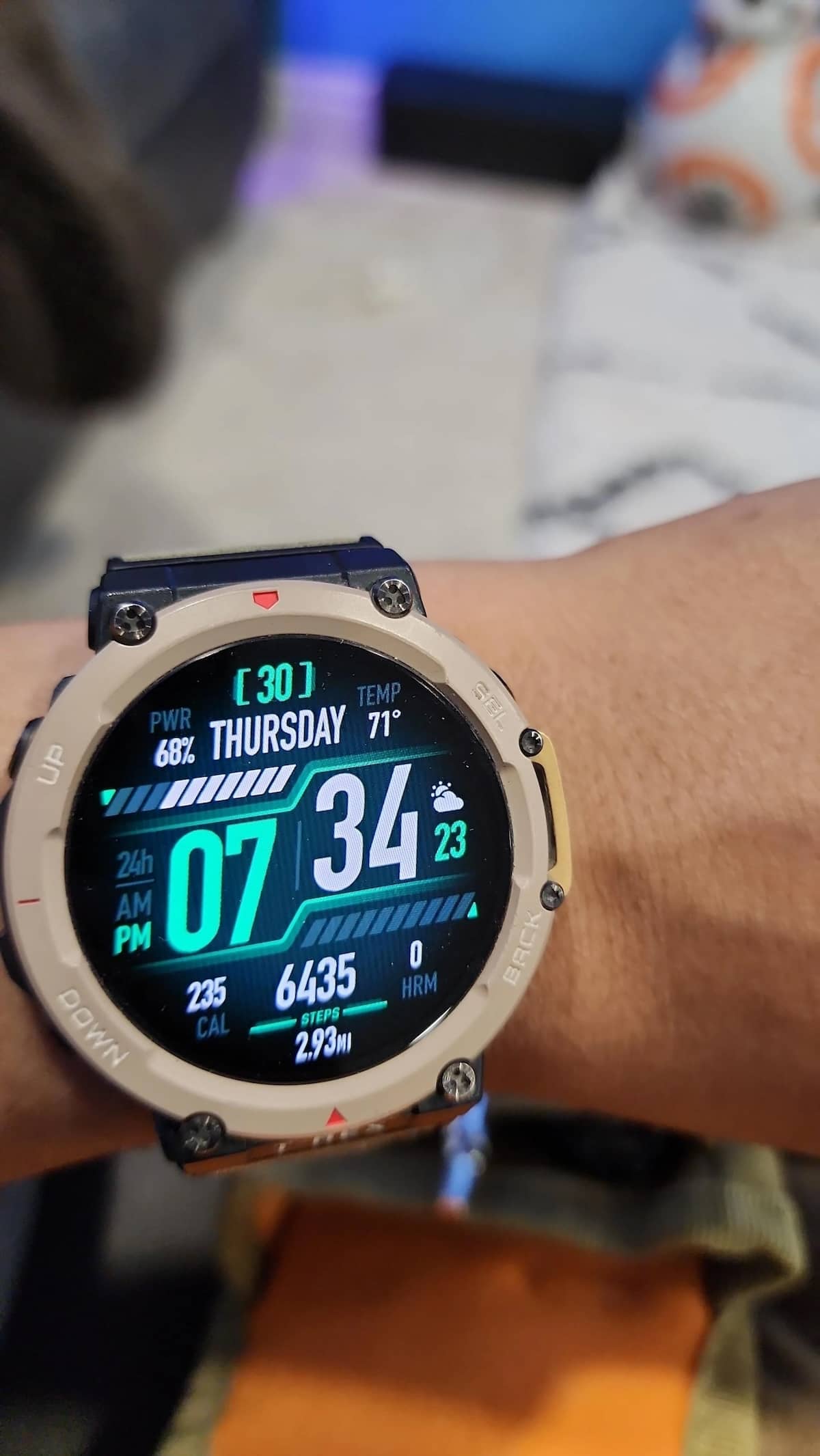
Apple enthusiast notes – Health tracking isn’t ignored on the Amazfit GTR 4. On the contrary it had us covered with both heart rate and SpO2 sensory capabilities addressed via what’s they’ve labelled as a BioTracker 4 PPG sensor. For those interested, the PPG part of this sensor label stands for Photoplethysmography. We wouldn’t dare spell it without a dictionary nearby, but we’re assured that the term relates to blood volume detection via electronic means. Blood flows, and PPG accurately calculates health metrics, conjuring up the data in an easily interpreted form on your smartwatch or Zepp app.
As well as being popular among smartwatch aficionados, the Amazfit GTR 4 is affordable. It can be found for less than two-hundred dollars, assuming you’re willing to wait for a good sale. Featuring 14 day battery life, enough sports and sleep tracking modes to satisfy a tired athlete whose adrenaline levels are dipping dangerously low, an argument for buying this aluminum encased device as the best smartwatch for iPhone users can easily be made.
Heck, it’s even equipped with 5ATM waterproofing and a barometric altimeter, making it a sure thing for a budget conscious trailblazer.
A Smartwatch for Your iPhone Lifestyle
It was difficult to leave out some popular models. A fitbit would’ve made a nice addition, but they’re owned by Google and have a distinct bias towards the competition. The same can be said for TicWatch devices. They proudly emblazoned the Wear OS logo on their website, suggesting deep connections with Android. What we have done is picked the best smartwatch for iPhone devotees based on near 100% compatibility. Full iPhone integration is next to impossible, as Apple closely protects certain technological aspects, like Siri.
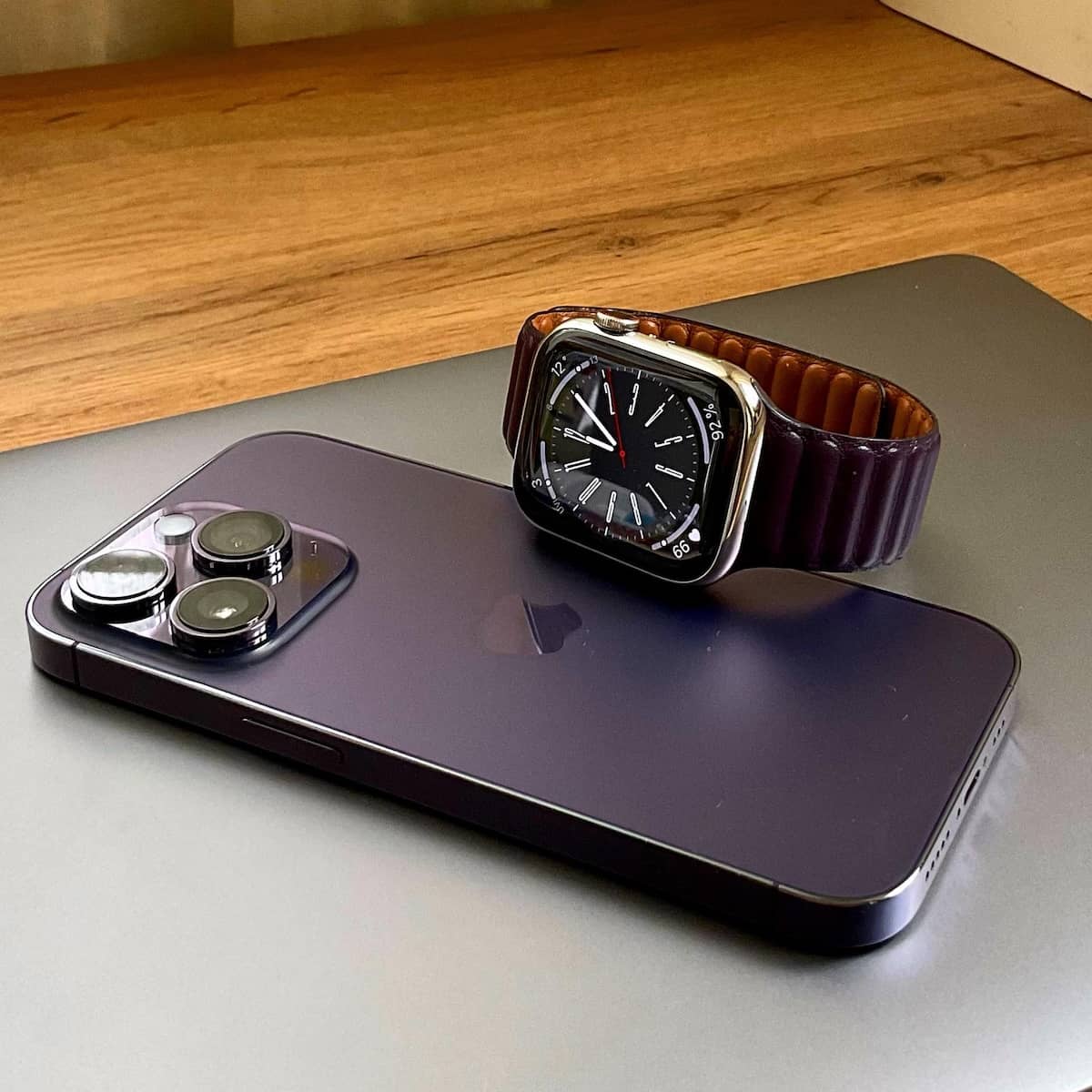
Thinking as a third-party device owner, the Garmin Venu 3 and Suunto 9 Peak watches are in a close tie, assuming you’re looking for a rugged wrist companion that wouldn’t look out of place in an Iron Man competition. Gaining on them, the Withings ScanWatch Nova brings a strong health metrics game, whereas the Amazfit GTR 4 is surprisingly affordable for what you get.
Wrapping up now, the review winding down, this is the time for you to explore, compare, and find the smartwatch that complements your iPhone user experience. Don’t skimp, don’t go cheap, just purchase the device that completes your mobile living lifestyle in the best way possible. Incidentally, accurate as they are, none of these wearables can replace the expert diagnosis of a medical professional.
![Apple Watch Series 10 [GPS 42mm case] Smartwatch with Jet Black Aluminium Case with Black Sport Band – S/M. Fitness Tracker, ECG App, Always-On Retina Display, Water Resistant](https://m.media-amazon.com/images/I/31hPF0KUqoL._SL500_.jpg)

![Apple Watch Ultra 2 [GPS + Cellular 49mm] Smartwatch with Rugged Titanium Case & Blue Ocean Band. Fitness Tracker, Precision GPS, Action Button, Extra-Long Battery Life, Bright Retina Display](https://m.media-amazon.com/images/I/41HEae62LxL._SL500_.jpg)


